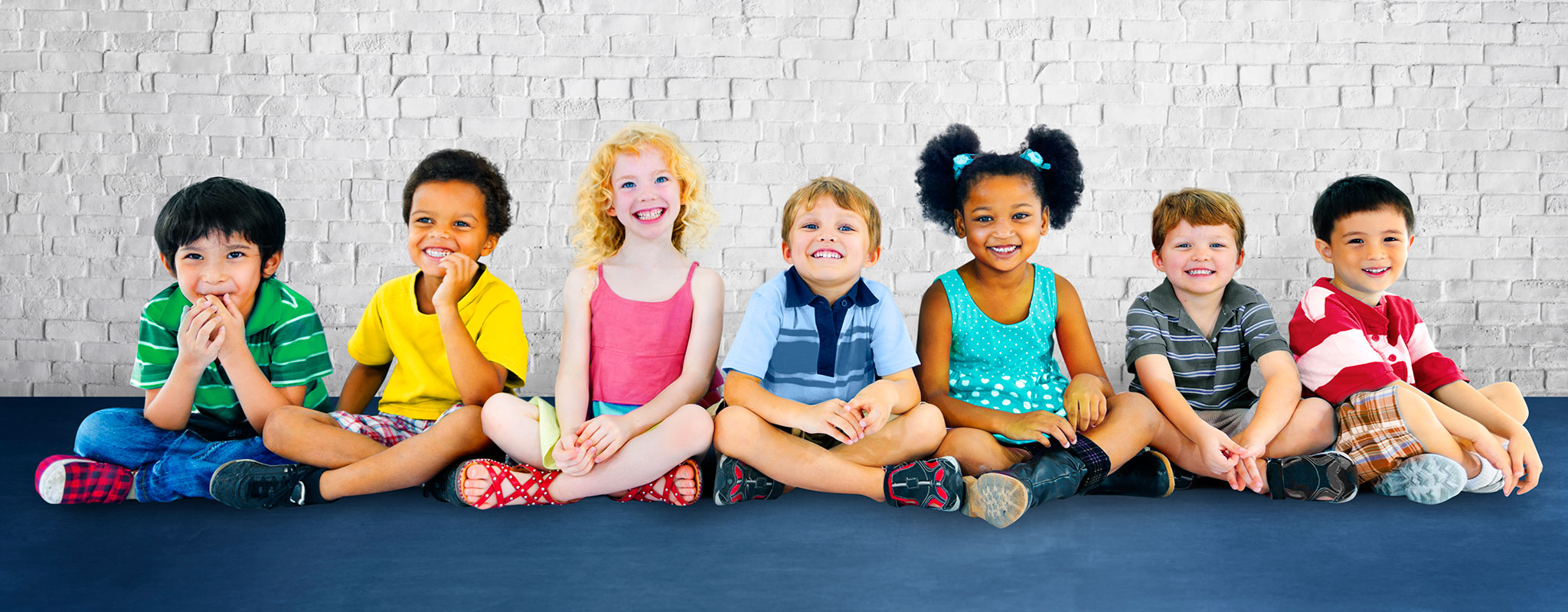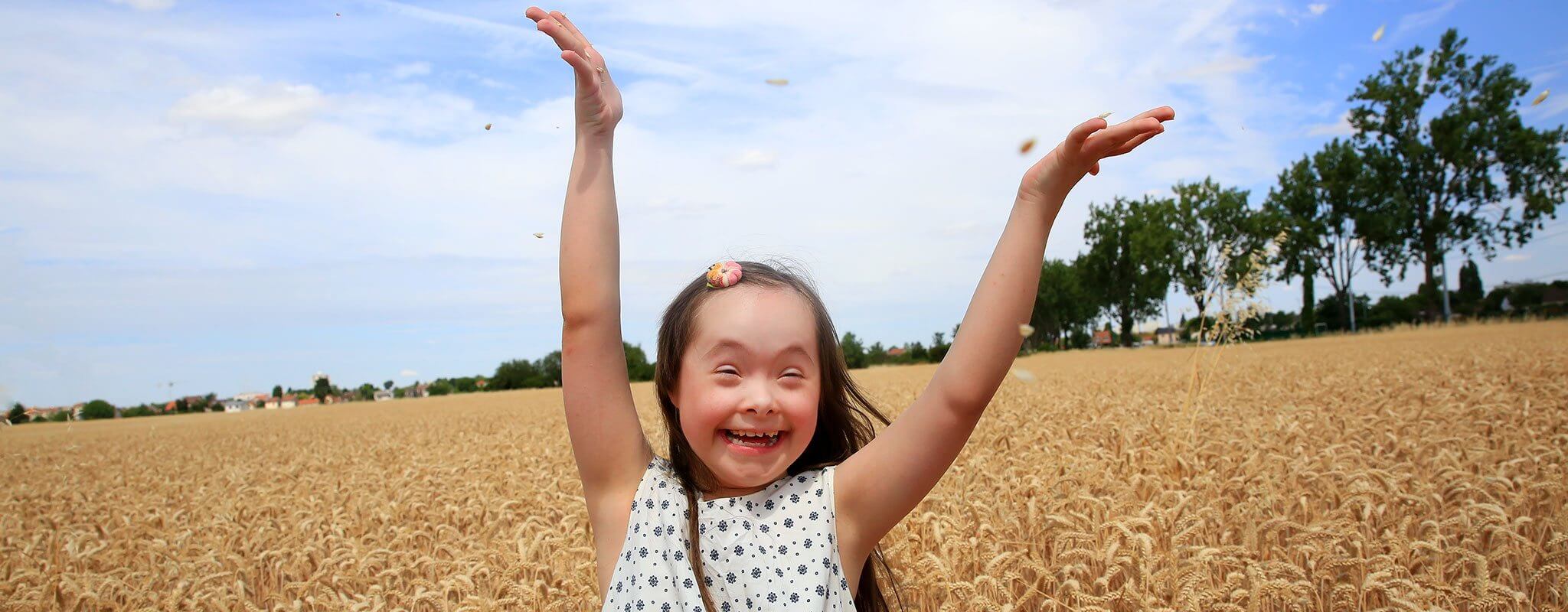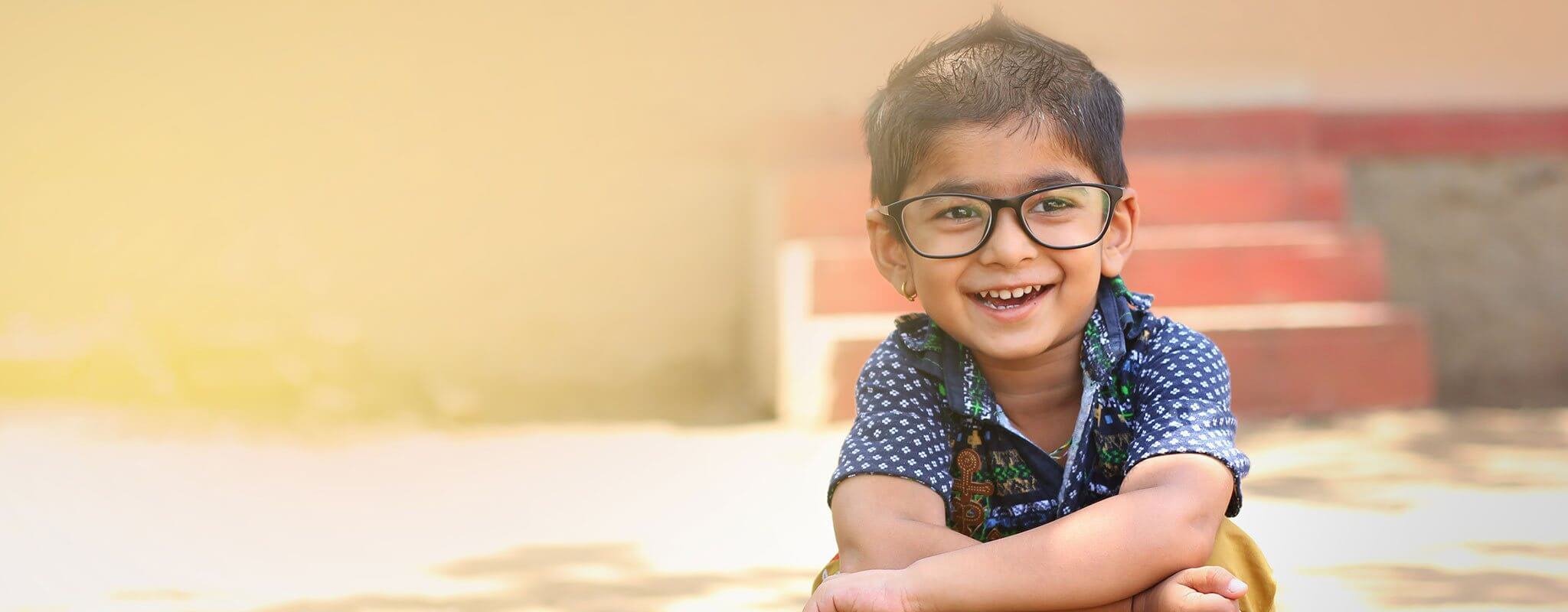Children who live in homes with smokers are involuntarily exposed to cigarette smoke. The smoke comes from two sources—secondhand smoke and side-stream smoke. Secondhand smoke is exhaled by the smoker. Side-stream smoke rises off the end of a burning cigarette and accounts for most of the smoke in a room. Side-stream smoke contains two or three times more harmful chemicals than secondhand smoke because it does not pass through the cigarette filter. At worst, a child in a very smoky room for 1 hour with several smokers inhales as many bad chemicals as he or she would by smoking 10 or more cigarettes. In general, children of smoking mothers absorb more smoke into their bodies than children of smoking fathers because they spend more time with their mothers. Children who are breast-fed by a smoking mother are at the greatest risk because chemicals are found in the breast milk as well as the surrounding air.
HARMFUL EFFECTS OF PASSIVE SMOKING ON CHILDREN
Children who live in a house where someone smokes have an increased rate of all respiratory infections. Their symptoms are also more severe and last longer than those of children who live in a smoke-free home. The impact of passive smoke is worse during the first 5 years of life when children spend most of their time with their parents. The more smokers there are in a household and the more they smoke, the more severe a child's symptoms. Passive smoking is especially hazardous to children who have asthma. Exposure to smoke causes more severe asthma attacks, more emergency room visits, and increased admissions to the hospital. These children are also less likely to outgrow their asthma. The following conditions are worsened by passive smoking:
- Pneumonia
- Coughs or bronchitis
- Croup or laryngitis
- Wheezing or bronchiolitis
- Asthma attacks
- Influenza
- Ear infections
- Middle ear fluid and blockage
- Colds or upper respiratory infections
- Sinus infections
- Sore throats
- Eye irritation
- Crib deaths (SIDS)
- Elevated blood cholesterol level
- School absenteeism for all of the above
HOW TO PROTECT YOUR CHILD FROM PASSIVE SMOKING
- Give up active smoking. Sign up for a stop-smoking class or program. Giving up smoking is even more urgent if you are pregnant because your unborn baby has twice the risk for prematurity and newborn complications if you smoke during pregnancy. It is also important to avoid smoking if you are breast-feeding because smoke-related, harmful chemicals get into your breast milk. You can stop smoking if you get help. If you need some self-help reading materials, call your local American Lung Association or American Cancer Society office. If you want your child not to smoke, set a good example.
- Never smoke inside your home. Some parents find it difficult to give up smoking, but all parents can change their smoking habits. Restrict your smoking to times you are away from home. If you have to smoke when you are home, smoke only in your garage or on the porch. If these options are not available to you, designate a smoking room within your home. Keep the door to this room closed, and periodically open the window to let fresh air into the room. Wear a special overshirt in this room to protect your underlying clothing from collecting the smoke. Never allow your child inside this room, and don't smoke in other parts of the house. Apply the same rule to visitors.
- Never smoke while holding your child. If your smoking habit cannot be controlled to the degree mentioned above, at a minimum protect your child from smoking when you are close to him or her. This precaution will reduce the child's exposure to smoke and protect him or her from cigarette burns. Never smoke in a car when your child is a passenger. Never smoke when you are feeding or bathing him or her. Never smoke in your child's bedroom. Even doing this much will help your child to some degree.
- Avoid leaving your child with a caretaker who smokes. Inquire about smoking when you are looking for day care centers or babysitters. If your child has asthma, this safeguard is crucial.
Instructions for Pediatric Patients, 2nd Edition, ©1999 by WB Saunders Company.
Written by Barton D. Schmitt, MD, pediatrician and author of Your Child’s Health, Bantam Books, a book for parents.





